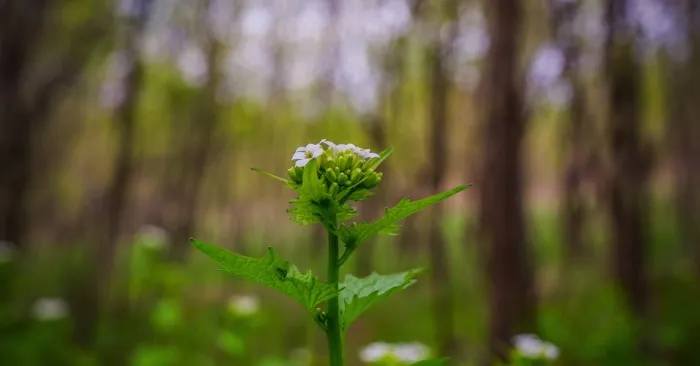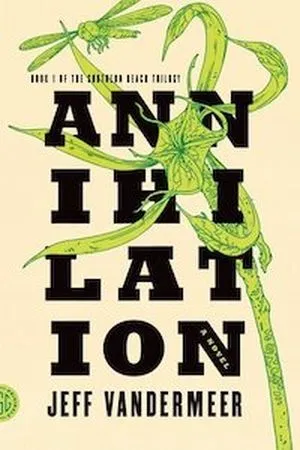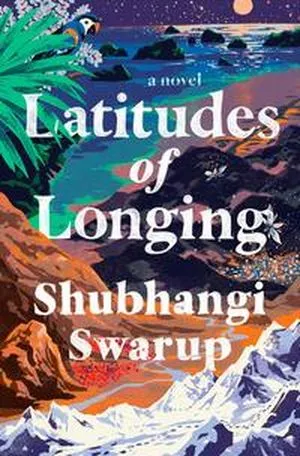
9 Books Where Nature or Landscape Are Main Characters
Many fiction books starring nature are rooted in a way that’s familiar — flowering gardens, towering trees, views of the ocean from afar. But in our core, we know that nature has always been something wide, and open, and frightening. The fear, the awe, comes from our beginnings, when thick forests and open ocean were the place of predators, poisons, storms. And as climate change rises around us, more people are coming alive to the ways that nature is something large and threatening and awesome: something bigger than all of us, something, perhaps, with its own vengeance and its own justices in sight.
I gathered here nine books that feature nature not just as setting but as a protagonist, a living, breathing part of the story in its own right. Books where awe of nature, the beauty of nature, the fear of nature, come into play as central features.
Some of these book recommendations are actively climate fiction, about the changes coming to our world; others are fantasy or science fiction or contemporary; but all the books on this list are rooted in the wildness of nature and its vastness and its mysteries.

The Overstory by Richard Powers
This epic tale interconnects the story of several people, all of whom have deep and important connections to trees. Mimi Ma was taught by her Chinese immigrant father to love the mulberry out back; Patricia is trying to prove that trees communicate. The roots of the characters’ stories slowly interconnect and twist around one another, to form a monumental narrative about humanity’s role and responsibility on earth, about deforestation and damage to the environment, about our human-centric and utilitarian views. Powers builds a vivid story that is rooted in its characters’ loves, betrayals, sorrows, and actions, but that is dominated by the trees themselves and their majesty.
Fever Dream by Samanta Schweblin, Translated by Megan McDowell
A boy named David talks to a dying woman named Amanda in this short, quickly read novel of surrealist social horror. Schweblin takes real-life horrors and sweeps them into a supernatural story about the desperation of maternal love, the terrors of pollution and poison. This suspenseful book is full of heartache and warning. It’s unnerving horror that is easy to read in one quick rush — but perhaps don’t read it late at night. This one left my heart pounding long after I finished.

Annihilation by Jeff VanderMeer
A group of scientists arrive in Area X, a haunted, mysterious region overrun with plant life, a small world of its own in the southern U.S. that is threatening to expand and that the U.S. military is determined to investigate despite previous failed expeditions. This biological science fiction novel infused with Lovecraftian horror is rich and fascinating, and full of commemoration and secrecy. And perhaps most of all, VanderMeer’s story features twisting vines and terrifying creatures, a biological environment that threatens to never stop reaching, crawling, and growing.
Clade by James Bradley
This intensely readable novel begins with the characters of scientist Adam Leith and his partner, Ellie, an artist waiting for the results of her IVF treatment. Kept grounded by its characters and their links to one another, this work of climate fiction skips through time, showing the terrifying climate disasters that await us in the future, from huge floods and storms to mass extinctions of birds and fish, to the seemingly spontaneous death of bees across the world. For those who can’t currently handle the topic, please be aware it features a chapter about a raging pandemic.

Latitudes of Longing by Shubhangi Swarup
In this beautiful book, protagonists are interconnected by a world that is too big for them in many ways; in an overwhelming narrative and a vast, awe-inspiring but intimidating landscape that spans the Andamans, Burma (Myanmar), Nepal, and the no man’s land between India and Pakistan. Ghosts, trees, the movements of the earth, rebirth, and rivers weave their way through Swarup’s tales to say something beautiful about love and how we love. It’s written in lush gorgeous prose, and is populated by ghosts, the stories of trees, the spirits of rivers, the rumbling of the earth.
Fauna by Christiane Vadnais, Translated by Pablo Strauss
This collection of ten linked climate fiction short stories features a swampy world taken over by water, parasites, fog, and illness. Vadnais writes in surreal and haunting prose of the natural world and the way it retakes our world, overrunning it and overtaking all that human beings have tried to impose on nature. A biologist attempts to find an antidote to a toxin; a girl’s mother is making her ill; a boy’s love disappears beneath the currents. It is a book of sickness and wilderness, that at its core is about persistent, teeming life overrunning humanity.

Migrations by Charlotte McConaghy
McConaghy’s novel is a gorgeous siren song to nature. In the not-too-far-off future, climate change has led to the extinction of almost all wild creatures. Franny is a stubborn, unreliable narrator determined to follow the last of the arctic terns on their migration from Greenland into the Antarctic circle. This book took me utterly, gloriously by surprise, sinking into the most hopeful, longing pieces of my soul. The sea itself is a character in this novel: terrifying, brutal, gorgeous, nourishing, taking, calling. The wildness of nature is almost gone, and this book is a love song to what is left. This lyrical novel broke me apart and pieced me back together.
The Bright Edge of the World by Eowyn Ivey
This novel centers on a Colonel making a dangerous expedition to Alaska, and his wife, a woman who longs for exploration and who dives into nature photography. Ivey’s novel is excellent as it digs into Native Alaskan folklore and the white elitist recording, rewriting, and archiving of history. The characters of this novel tell their story through letters, journal entries, and documents, are compelling, and they act in front of the open, icing-over landscape of Alaska. Ivey’s writing is respectful and open about the land’s cruelty and absolute beauty.
In the Shadow of the Banyan by Vaddey Ratner
This autobiographical novel is a fictionalization of Ratner’s experience as a survivor of the Cambodian genocide that began in 1975. It is a story of hunger, violence, and dogged survival, as her and her family attempt to survive in a whirlwind of forced migration, hunger, and chaotic rules. Behind it all is the character of Cambodia itself, its land, its nature, its wild beauty — from the rushing waters of the Mekong to the rice paddies to the aromatic blooms — as protagonist Raami seeks solace and survival in the myths, poems, and stories passed down to her, in her faith in the spirits connected to the land.



